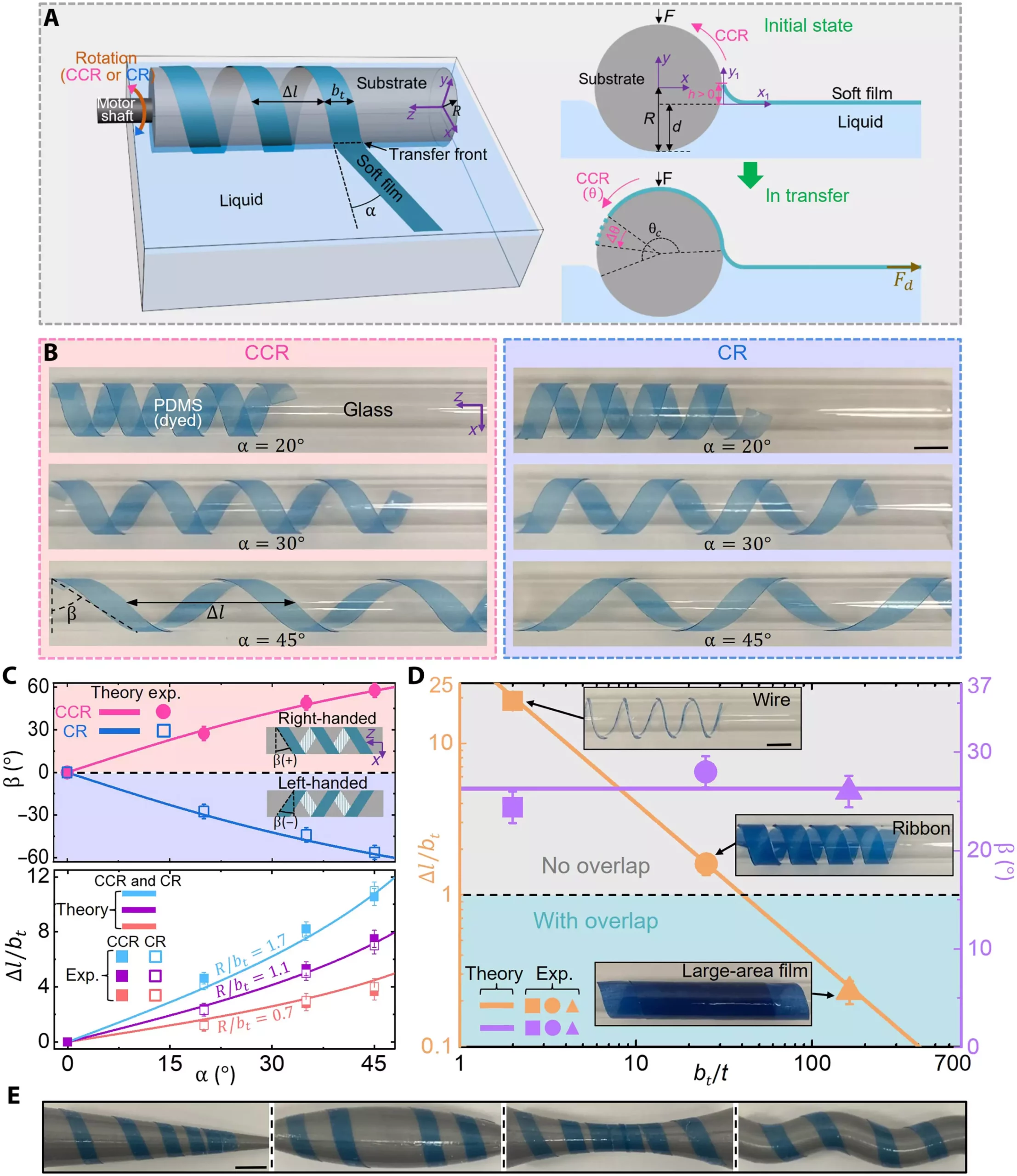Soft robotics, a field that aims to create robots with pliable bodies similar to humans, has long been hindered by the difficulty of mass-producing and incorporating softer components into their designs. While researchers have been exploring ways to incorporate the feel of living organisms into their creations, the lack of an efficient manufacturing process has impeded progress in this area. However, a team of researchers at the University of Virginia have recently invented a revolutionary manufacturing process that could potentially lead to a soft robotics revolution.
The Invention of a Manufacturing Process
The team at the University of Virginia has developed a patent-pending design for weaving soft materials such as fabrics, rubbers, and gels. By enabling these materials to be compatible with gadgets, this breakthrough may pave the way for a new generation of soft robots. In an article published in Science Advances, Baoxing Xu, an associate professor of mechanical and aerospace engineering at UVA, along with former UVA doctoral students Yue Zhang and Mengtian Yin, outlined the details of their innovative manufacturing process.
Xu explains that while there are existing manufacturing approaches for rigid materials or nanoparticles, none of them have been specifically designed for soft materials with continuous structures, such as film, ribbon, and wire. The newly developed approach utilizes a liquid-based rolling transfer system that allows for small and precise adjustments during the weaving process. This results in fast and damage-free manufacturing, overcoming the limitations that have impeded progress in the field of soft robotics.
The implications of this manufacturing breakthrough extend beyond the field of soft robotics. The ability to weave soft materials into complex 3D spatial structures opens up new possibilities for wearable electronics, biomedical devices, and internet-based products with intricate outer surfaces. This breakthrough has the potential to revolutionize various industries, leading to advancements in healthcare, consumer electronics, and much more.
A Bright Future for Soft Robotics
With the development of this new manufacturing process, the future of soft robotics looks promising. The ability to create robots with soft, pliable bodies brings us closer to a world where humans and robots can interact more safely and seamlessly. Soft robots have the potential to perform delicate tasks, navigate complex environments, and provide assistance in areas where traditional robots may lack dexterity.
The University of Virginia’s breakthrough in the manufacturing of soft materials brings us one step closer to a soft robotics revolution. By developing a weaving process that is specifically designed for soft materials, researchers have opened up new possibilities for creating advanced robots with human-like bodies. This innovative approach also has the potential to transform industries such as healthcare and consumer electronics, paving the way for a future where soft robotics plays a major role in our lives. As we continue to explore the potential of soft robotics, the possibilities for advancements and applications are limitless.


Leave a Reply